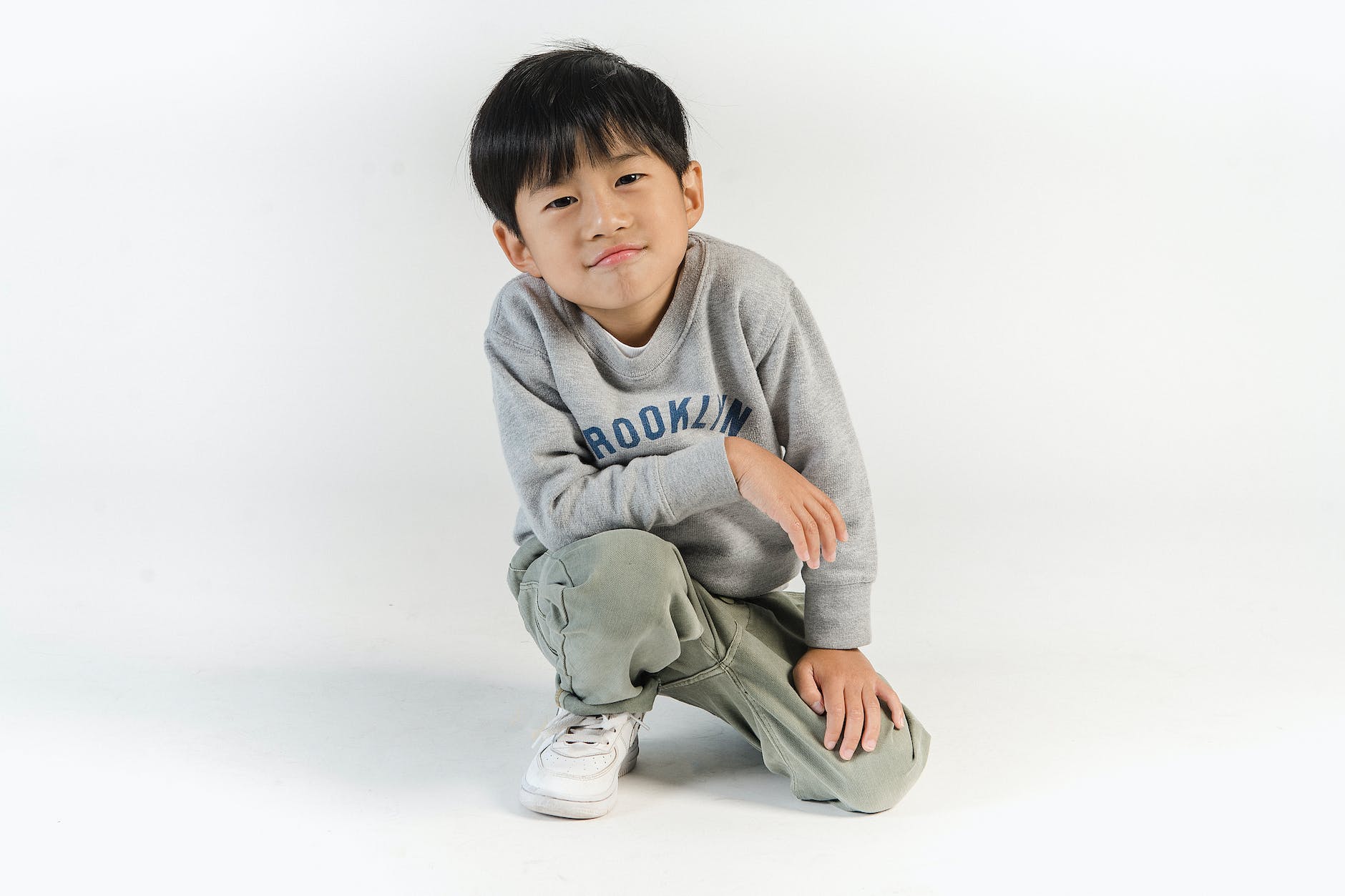In a world where the only constant is change, nurturing confidence in our children is more than a responsibility—it’s an essential foundation for their journey through life. Confidence is the invisible cloak that shields our young ones from the storms of doubt, enabling them to emerge as resilient, capable, and compassionate individuals. This blog post delves into the transformative power of confidence and offers insights into fostering this critical trait in our children.
The Pillars of Confidence: A Comprehensive Overview
- Academic Excellence and Curiosity: Confidence is the spark that ignites a child’s passion for learning, transforming educational hurdles into stepping stones for success. It encourages a proactive and positive attitude towards learning, making academic challenges exciting puzzles to solve rather than insurmountable obstacles.
- Social Harmony and Empathy: Confident children navigate the social arena with ease and grace. They are adept at forming meaningful connections and excel in empathy, understanding, and valuing the perspectives of their peers. This social fluency is instrumental in building a cohesive community, fostering a sense of belonging and mutual respect.
- Mental Fortitude and Emotional Resilience: At the heart of confidence lies a wellspring of mental strength. It equips children with the resilience to face life’s adversities, transforming potential vulnerabilities into fortitudes. Emotional resilience, nurtured through confidence, is the bedrock upon which children can build a fulfilling and balanced life.
- Decision-Making and Independence: Confidence empowers children with the courage to make decisions, big and small, shaping their path with intentionality and purpose. This autonomy is a critical component of personal development, instilling a sense of responsibility and ownership over one’s choices.
- Opportunity and Innovation: A confident child views the world as a canvas of possibilities. They are more likely to seize opportunities, engage in creative problem-solving, and contribute innovative ideas that can change the world.
- Motivation and Ambition: Confidence fuels the drive to aspire and achieve. It transforms dreams into tangible goals and instills the perseverance to pursue them zealously and enthusiastically.
- Positive Self-Image and Health: Confidence and a positive body image go hand in hand. It fosters a healthy relationship with oneself, promoting wellness, vitality, and a balanced lifestyle.
- Expression and Creativity: The confidence to express oneself openly and creatively is a gift that enriches not only the individual but also the world around them. It encourages authenticity, artistic exploration, and the sharing of unique perspectives.
- Risk-Taking and Growth: Confidence diminishes the fear of failure, framing it instead as a valuable learning experience. This mindset encourages risk-taking, experimentation, and personal growth.
- Relationship Building and Empathy: Confidence lays the groundwork for strong, healthy relationships based on mutual respect, understanding, and genuine connection. It teaches children the value of empathy, enhancing their ability to relate to and support others.
- Optimism and Future Orientation: A confident outlook is inherently optimistic, enabling children to envision a bright future and work tirelessly towards it. This positivity is contagious, inspiring others to adopt a similarly hopeful perspective.
Cultivating Confidence: Practical Strategies for Parents and Educators
- Celebrate Efforts, Not Just Outcomes: Recognize and applaud the effort, resilience, and creativity your child displays, regardless of the outcome. This reinforces the value of the journey over the destination.
- Encourage Safe Risk-Taking: Provide opportunities for your child to try new things in a supportive environment, teaching them that failure is not only acceptable but a crucial part of learning.
- Foster Open Communication: Create a safe space for open dialogue, encouraging your child to express their thoughts, feelings, and ideas without fear of judgment.
- Model Confidence: Children learn by example. Demonstrate confidence in your actions and decisions, showing them that it’s okay to be imperfect and that confidence comes from within.
- Enrichment Through Extracurricular Activities: Engage your child in activities that align with their interests and strengths, whether it’s sports, arts, or community service. These experiences can significantly boost their self-esteem and sense of accomplishment.
Conclusion: The Infinite Value of Confidence
Confidence is not just a trait but a transformative force that shapes our children’s present and future. It’s the foundation upon which they build their dreams, navigate challenges, and ultimately, find their place in the world. As parents, educators, and mentors, our role is to nurture this invaluable asset, guiding our children toward a future brimming with possibility, purpose, and positivity.
Let’s commit to empowering our children with the confidence to face the world with courage, curiosity, and compassion, paving the way for a brighter, more hopeful tomorrow.
